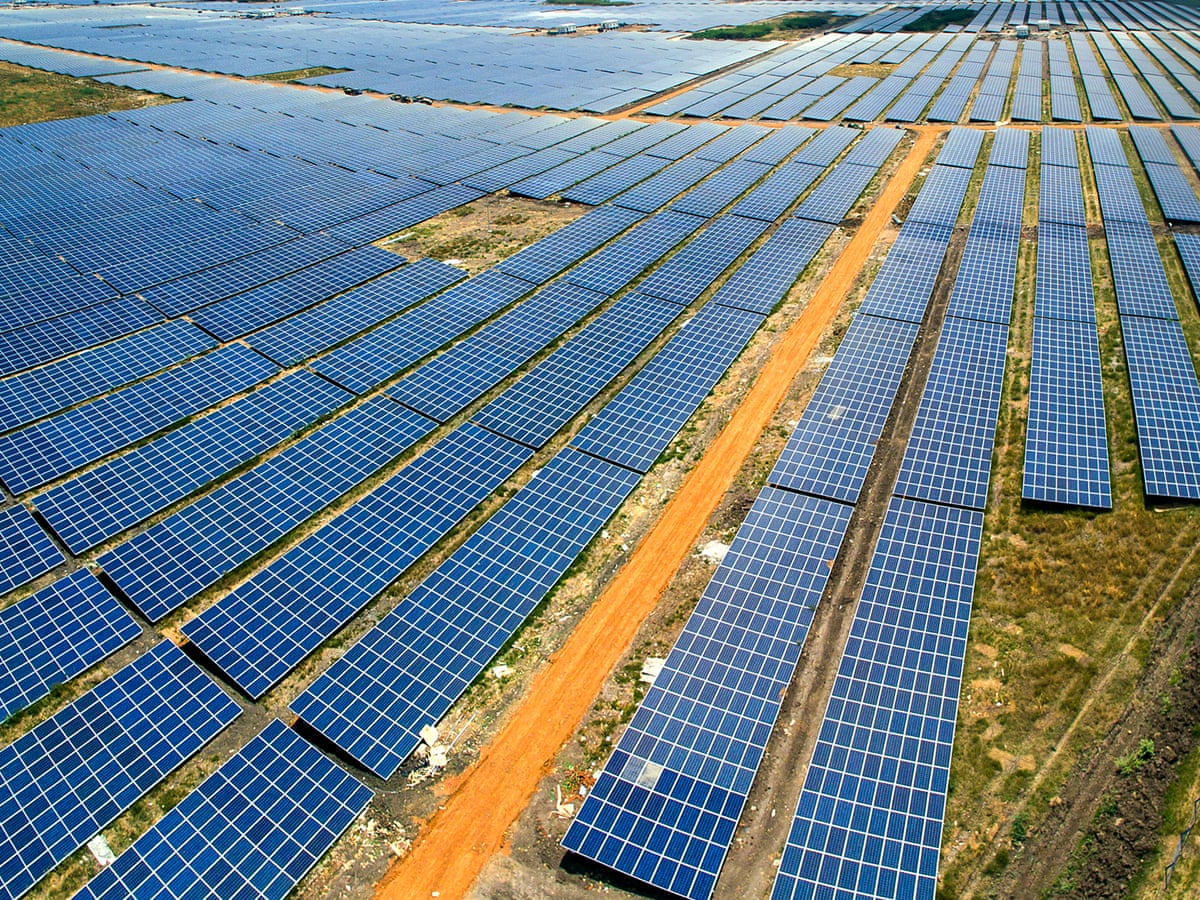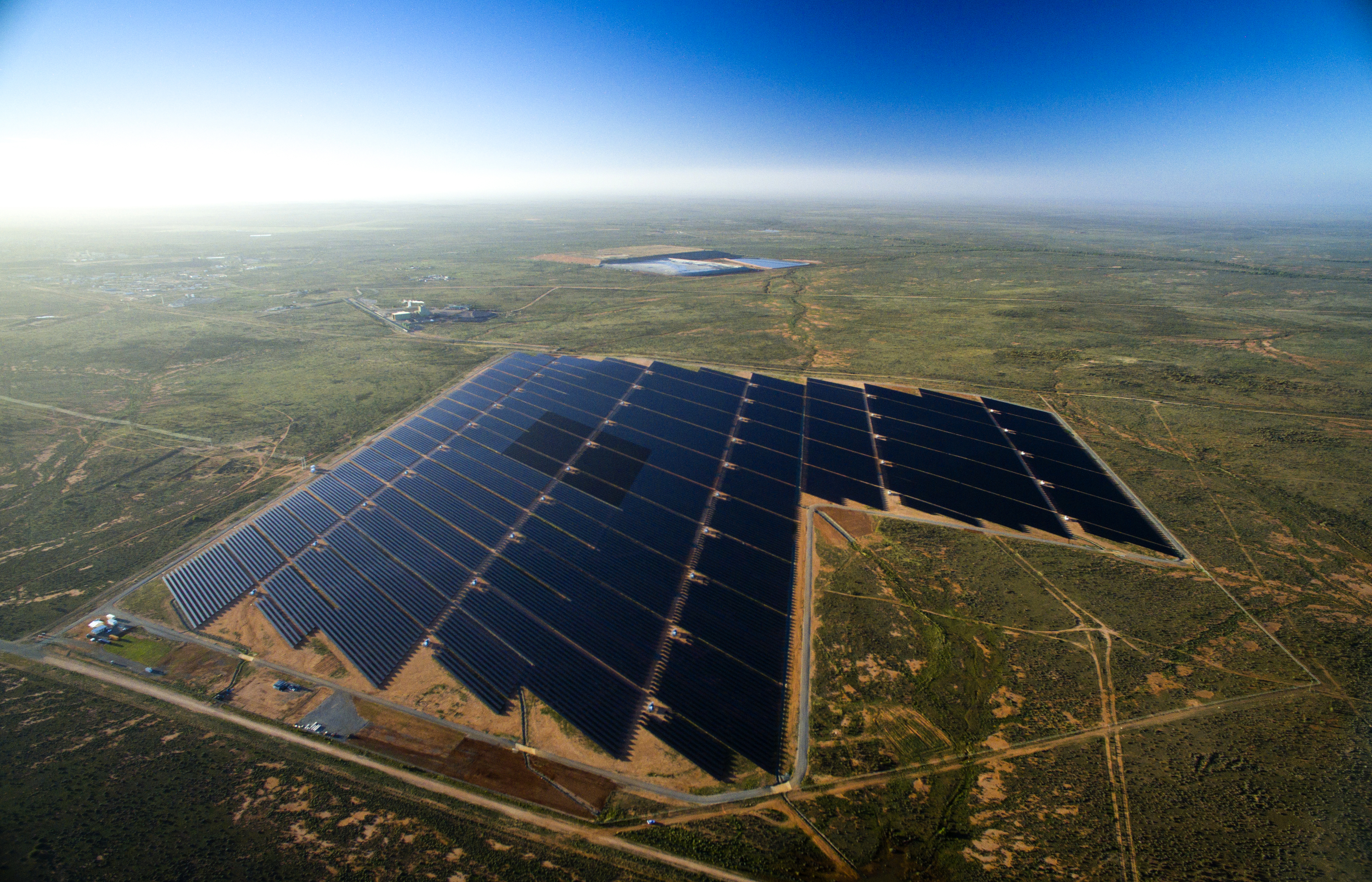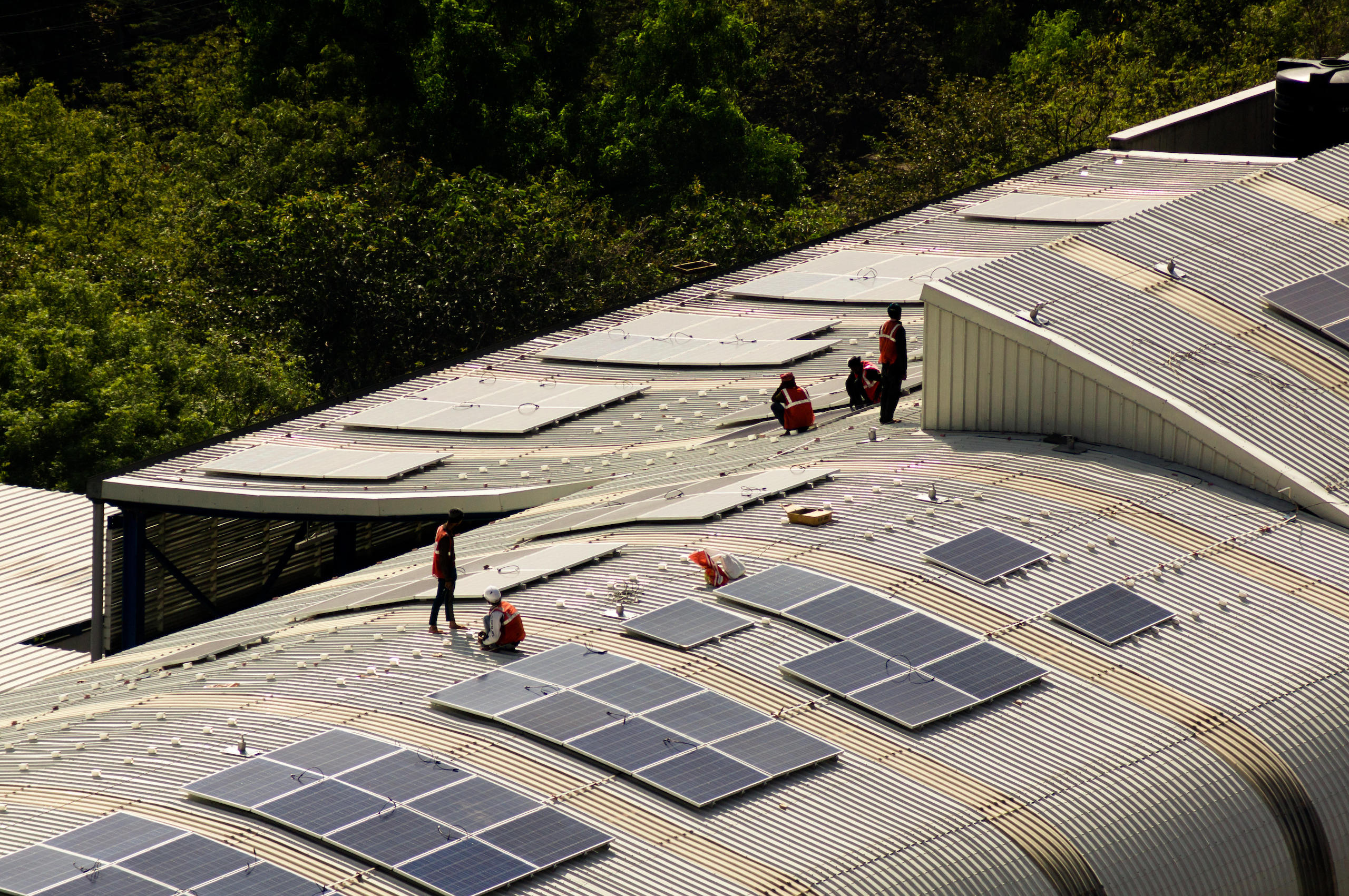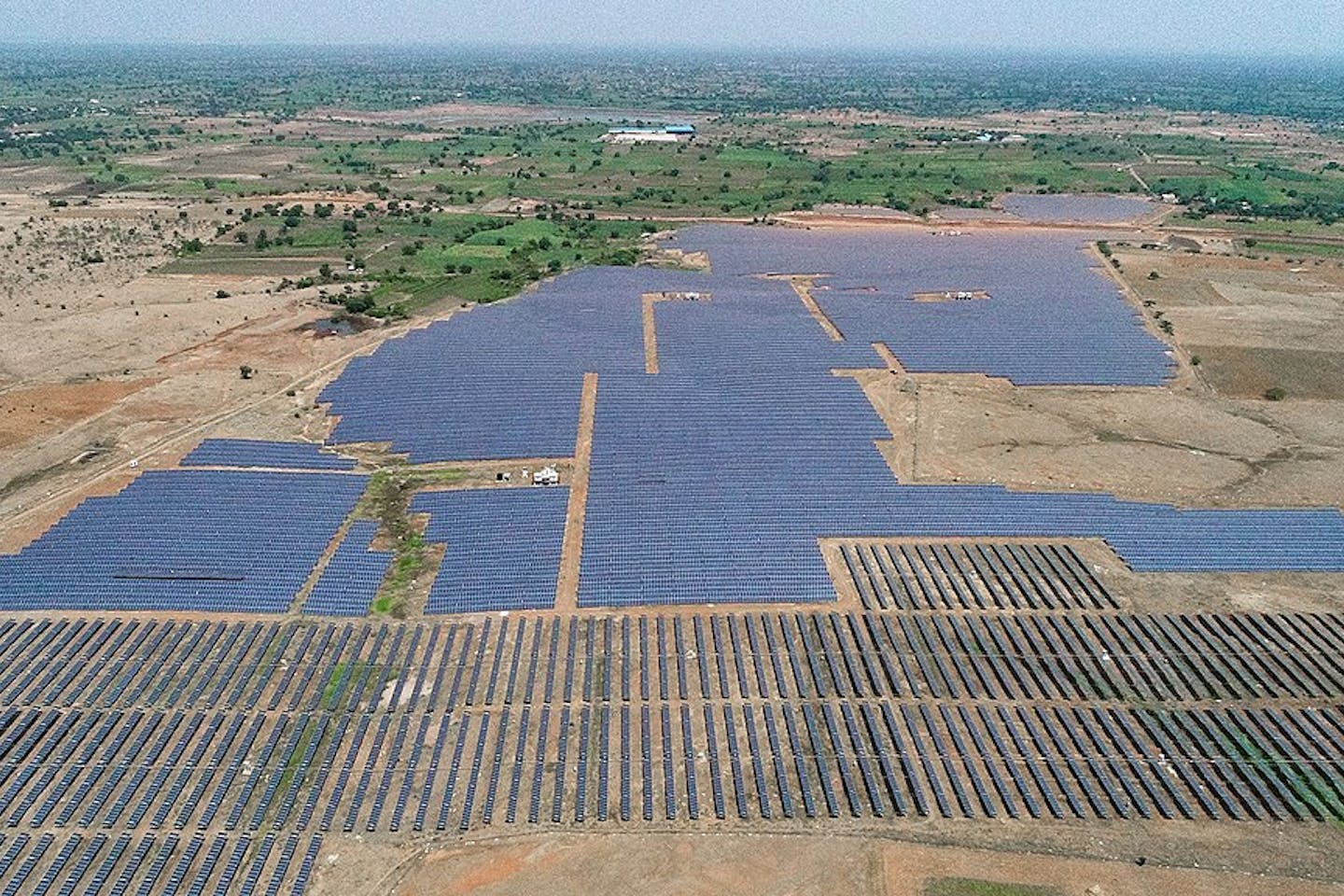First Solar’s Ambitious Plan : Eyeing Localisation by 2025

First Solar’s Ambitious Plan : Eyeing Localisation by 2025
According to First Solar’s national managing director Sujoy Ghosh, the US-based company would have spent $700 million in its 3.4 gigawatt (GW) solar module factory in Sriperumbudur near Chennai by the second half of 2024. He said that the corporation has no intention of importing materials from China and has accelerated the indigenization of component sourcing to qualify for a production-linked incentive (PLI) by as early as 2025-end. “For the factory to begin making commercial shipments by October, they are concentrating on developing the supply chain locally.
At the end of 2025, he added that the strategy is to achieve the local value addition benchmark needed under the PLI system.

Over five years, the PLI threshold increases from roughly 70% to 90%. The supply ecosystem to localize all of these will be built following the PLI timeline, according to Ghosh, even though around ten components go into the fabrication of a module, including front glass, frames, and low-voltage connection devices. After First Solar completes the localization and other PLI requirements, it may be eligible for up to Rs 1,177 crore in additional funding over five years.
Over five years, the PLI threshold increases from roughly 70% to 90%. The supply ecosystem to localize all of these will be built following the PLI timeline, according to Ghosh, even though around ten components go into the fabrication of a module, including front glass, frames, and low-voltage connection devices. After First Solar completes the localization and other PLI requirements, it may be eligible for up to Rs 1,177 crore in additional funding over five years. Over the next three months, First Solar has begun the trial runs to get the necessary certifications, such as BIS, ALLM, other local approvals, and specific worldwide certifications.
In October, commercial shipments will start. After a year, the facility will generate its total 3.4 GW nameplate capacity. Ghosh stated, “We would have invested $700 million by the time we reached our full capacity next year. The US Development Finance Corporation (USDFC) has provided a credit line for $500 million of this total. Furthermore, he added, “We have enough on our balance sheet” since the business owns 100% of First Solar’s production facilities, which will have a total annual nameplate capacity of around 21 GW by 2026 in the US, Malaysia, Vietnam, and India.

First, Without relying on Chinese crystalline silicon (c-Si) supply chains, solar thin film photovoltaic (PV) modules utilize a fully integrated, continuous process under one roof. “We neither import anything from China nor export anything to China,” Ghosh remarked.
First Solar received the Export Promotion Capital Goods (EPCG) licence in 2022 and is required to export four and a half times the duty saved through the programme over four years by 2026 since the majority of the equipment to establish the facility at Sriperumbudur was imported with high tax. This will only make up a portion of our output. The decision to build this factory was made solely to support India’s domestic solar PV market, noting that the company’s products are primarily for utility-scale applications, such as grid-connected ground mount power plants, rather than rooftops and other smaller applications.
As we move towards a more sustainable future, the push for green energy is rapidly intensifying, forcing energy providers to innovate and adapt. One of the top companies in this field is First Solar, a worldwide photovoltaic (PV) solar system supplier. First Solar utilizes its advanced thin-film modules in its products. The company’s recent ambitious initiative, announced in 2023, is a highly focused localization strategy targeting complete implementation by the end of 2025.
Localization in the context of First Solar’s strategy involves producing and sourcing materials and technologies closer to where they will be used. The move aims to reduce the carbon footprint associated with transporting materials and equipment. Additionally, by partnering with local businesses and hiring local workers, First Solar expects to foster local economies and increase overall acceptance and adoption of solar energy technologies.
The comprehensive localization plan aims to have facilities in place by the end of 2025 to manage every aspect of the solar power production process, from manufacturing the photovoltaic cells to installing and maintaining the panels.

First, Solar can significantly decrease the emissions linked to the transportation of materials by obtaining and producing them locally. This move aligns perfectly with the company’s green philosophy and bolsters its reputation as a genuinely sustainable energy provider.
First Solar’s localization strategy will also significantly boost local economies. By employing local workers, the company supports job creation and skills development. Local sourcing will stimulate demand for related industries and contribute to economic growth.
Local production reduces dependence on foreign supply chains, making First Solar’s operations more resilient to global disturbances. Such self-sufficiency is invaluable in a world increasingly affected by political upheavals and natural disasters.
Despite the numerous benefits, First Solar’s localization strategy has challenges. Establishing production facilities requires considerable investment and navigating complex local regulations and standards. Plus, not all regions readily have the necessary raw materials, meaning that some level of transportation and importing may still be required.
These obstacles do not daunt First Solar. The company is leveraging its global presence and strong financial position to invest in new facilities and technologies. It also works closely with local governments and regulators to ensure compliance with all necessary regulations and standards.
To tackle potential raw material shortages, First Solar is investigating new technologies and strategies to reduce the raw materials needed to produce its PV cells. It is also exploring partnerships with local mining and materials companies to secure a steady supply of necessary materials.

First Solar’s bold localization strategy reflects the energy industry’s growing focus on sustainability and local development. By 2025, First Solar aims to be a provider of green energy, an active participant in local economies, and a promoter of sustainability. If successful, First Solar’s initiative could become a model for other companies in the energy sector and beyond, demonstrating that localization is beneficial and achievable.
As First Solar navigates the path to complete localization by the end of 2025, the world will be watching with interest. If successful, this could be a significant stepping stone in the push for a greener, more sustainable future.




